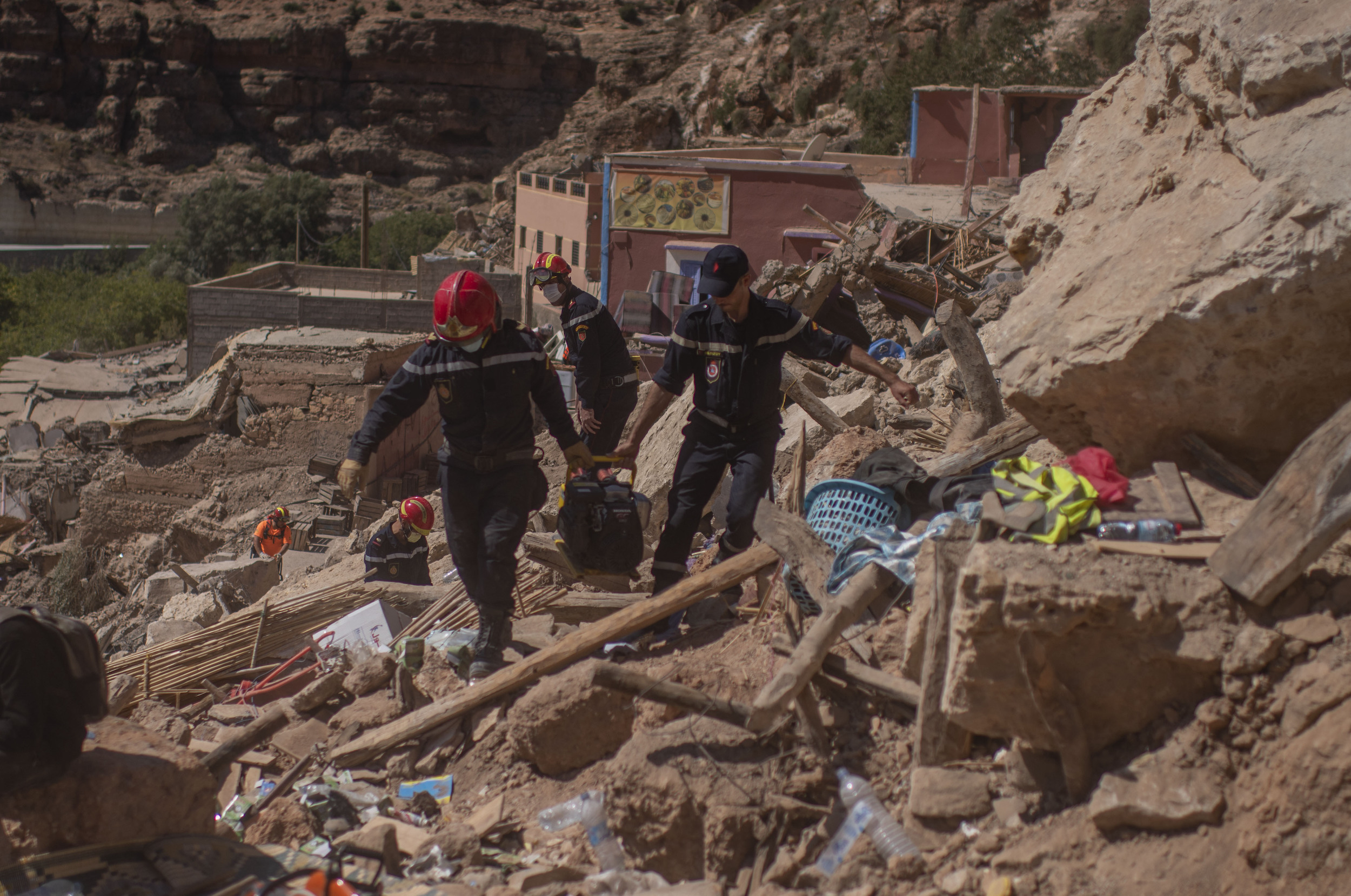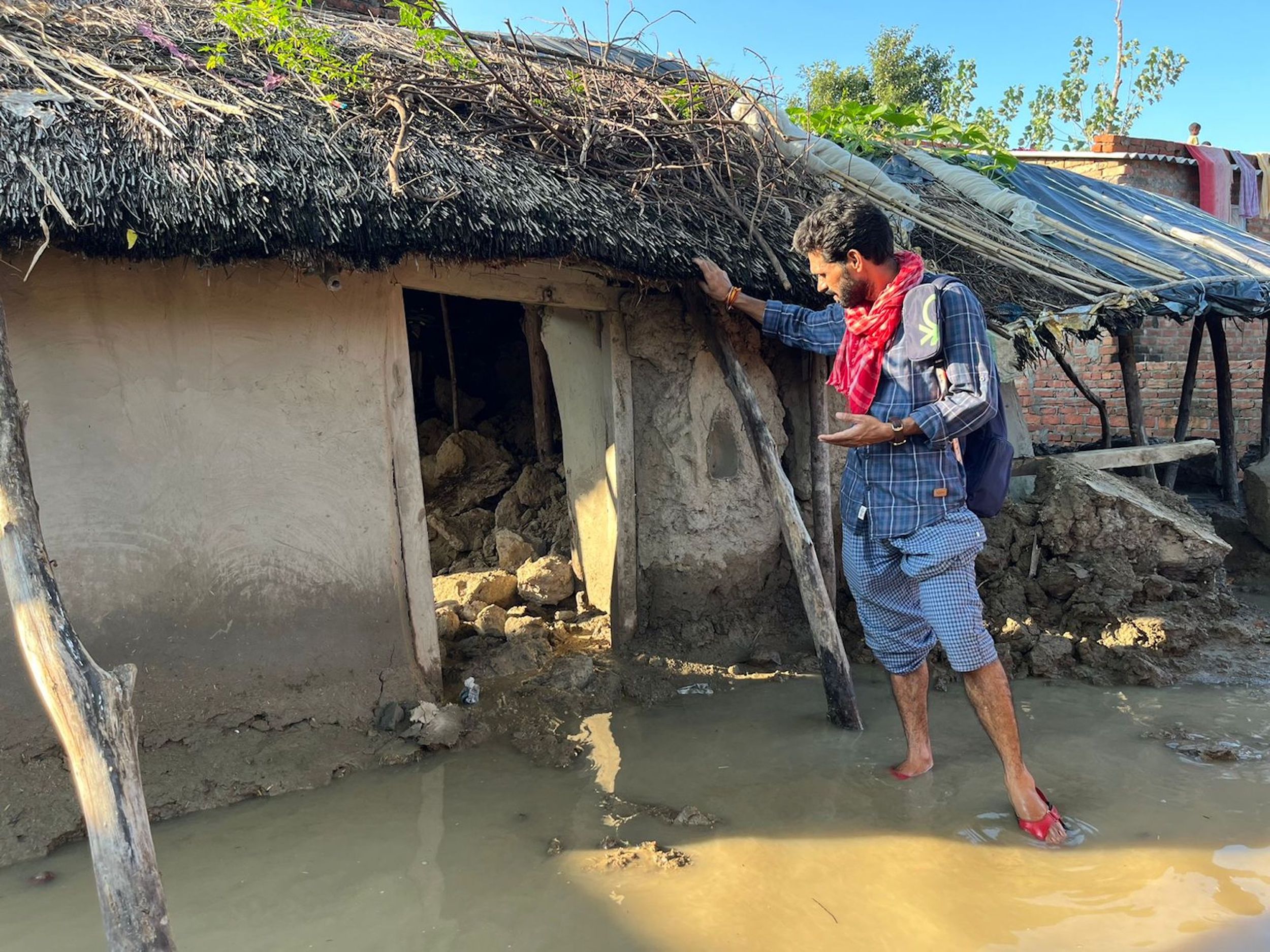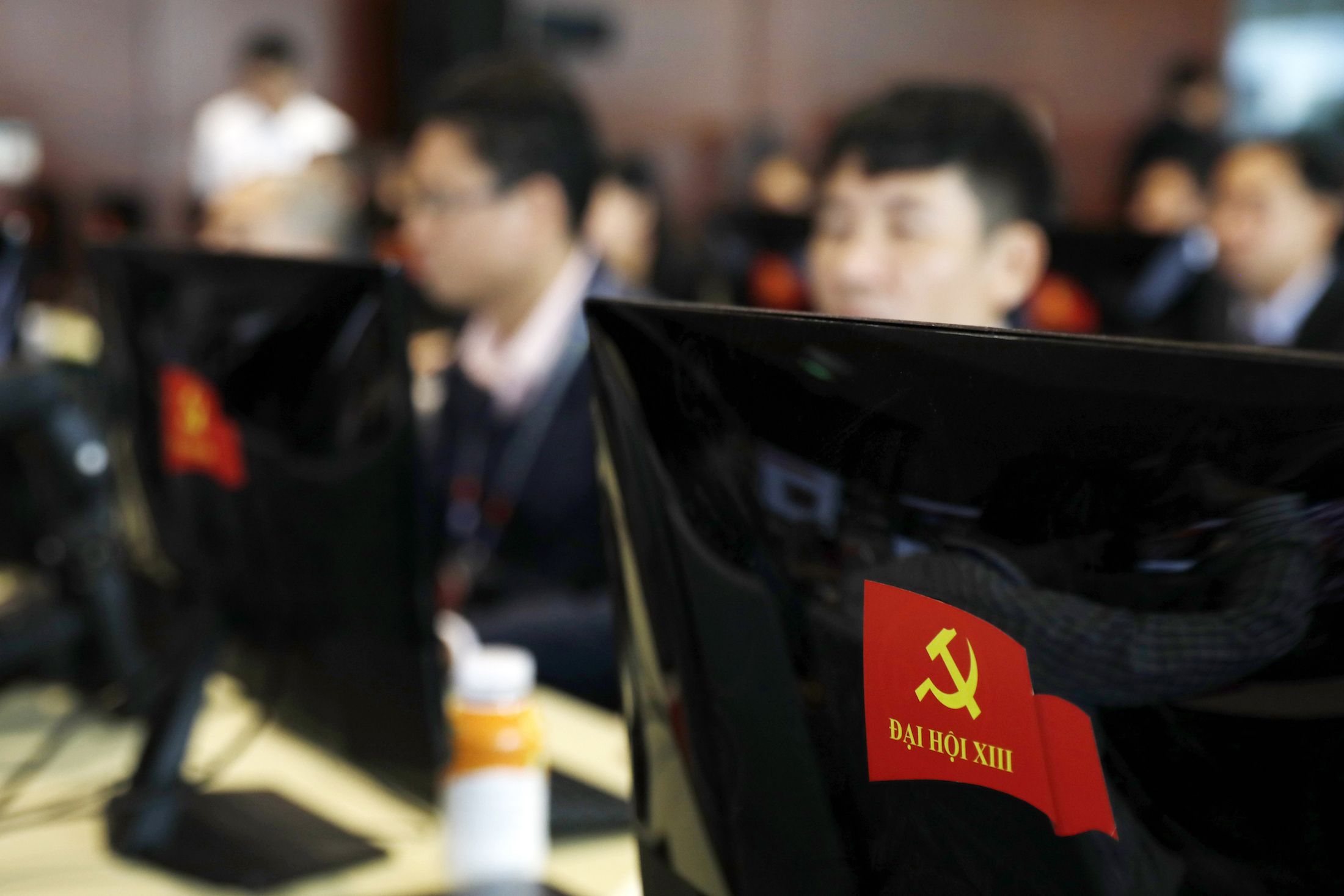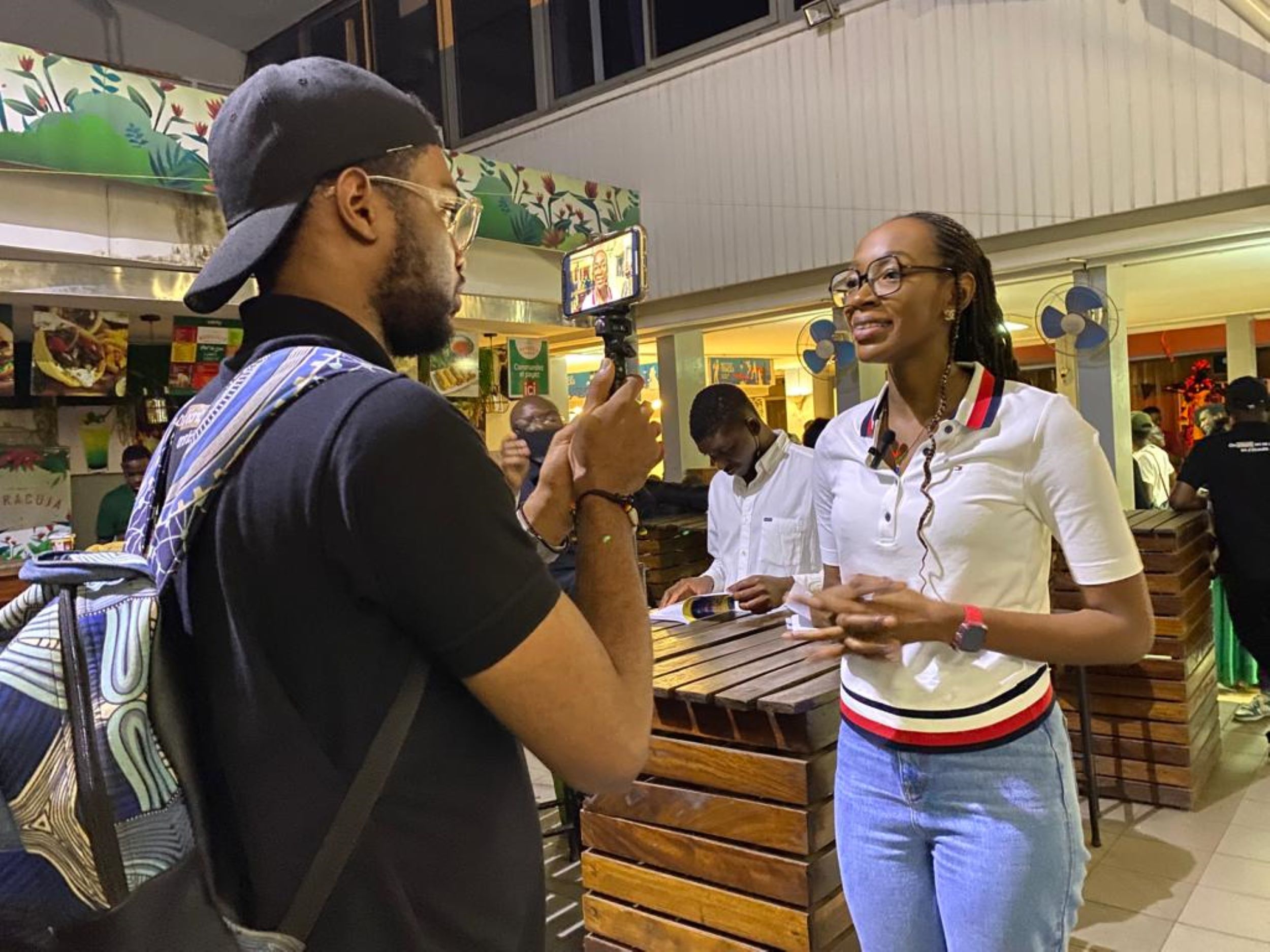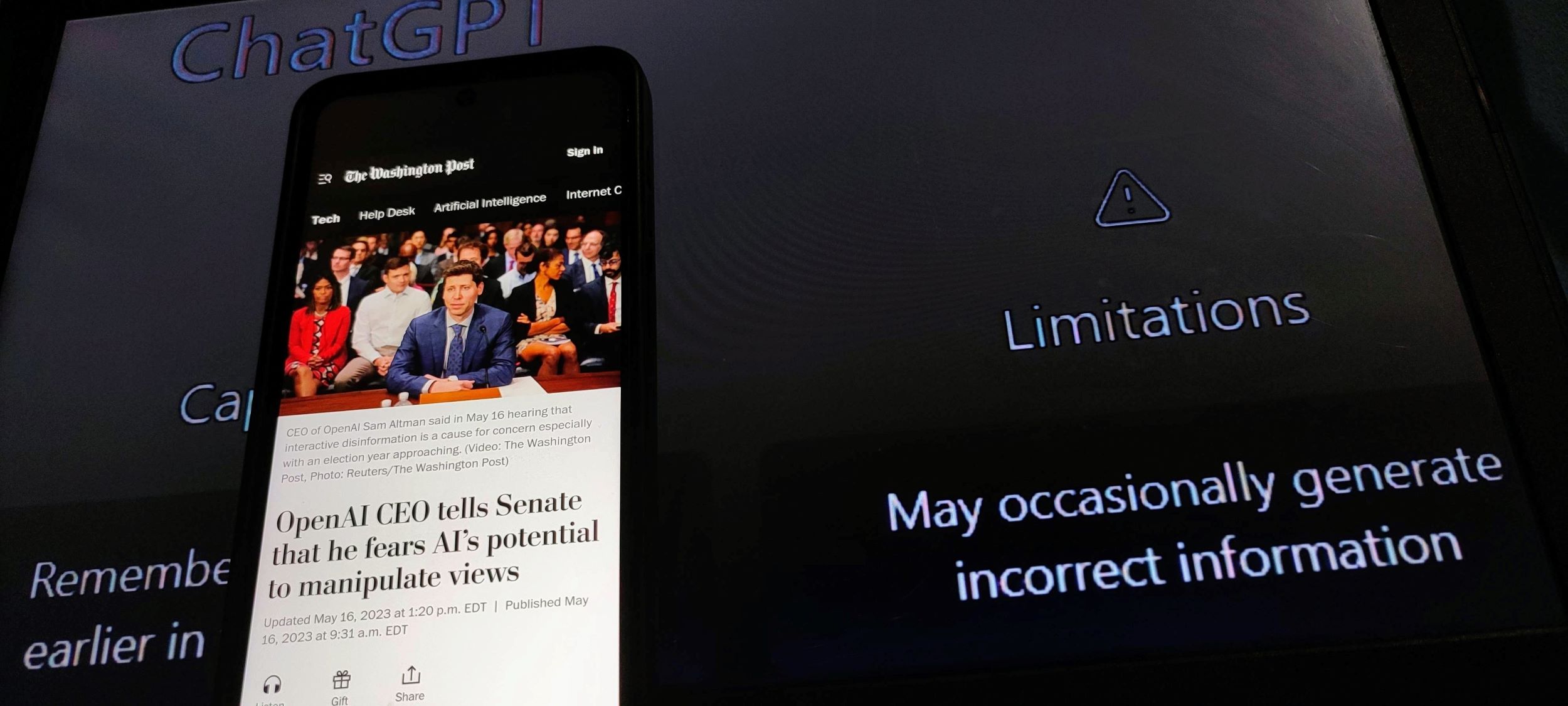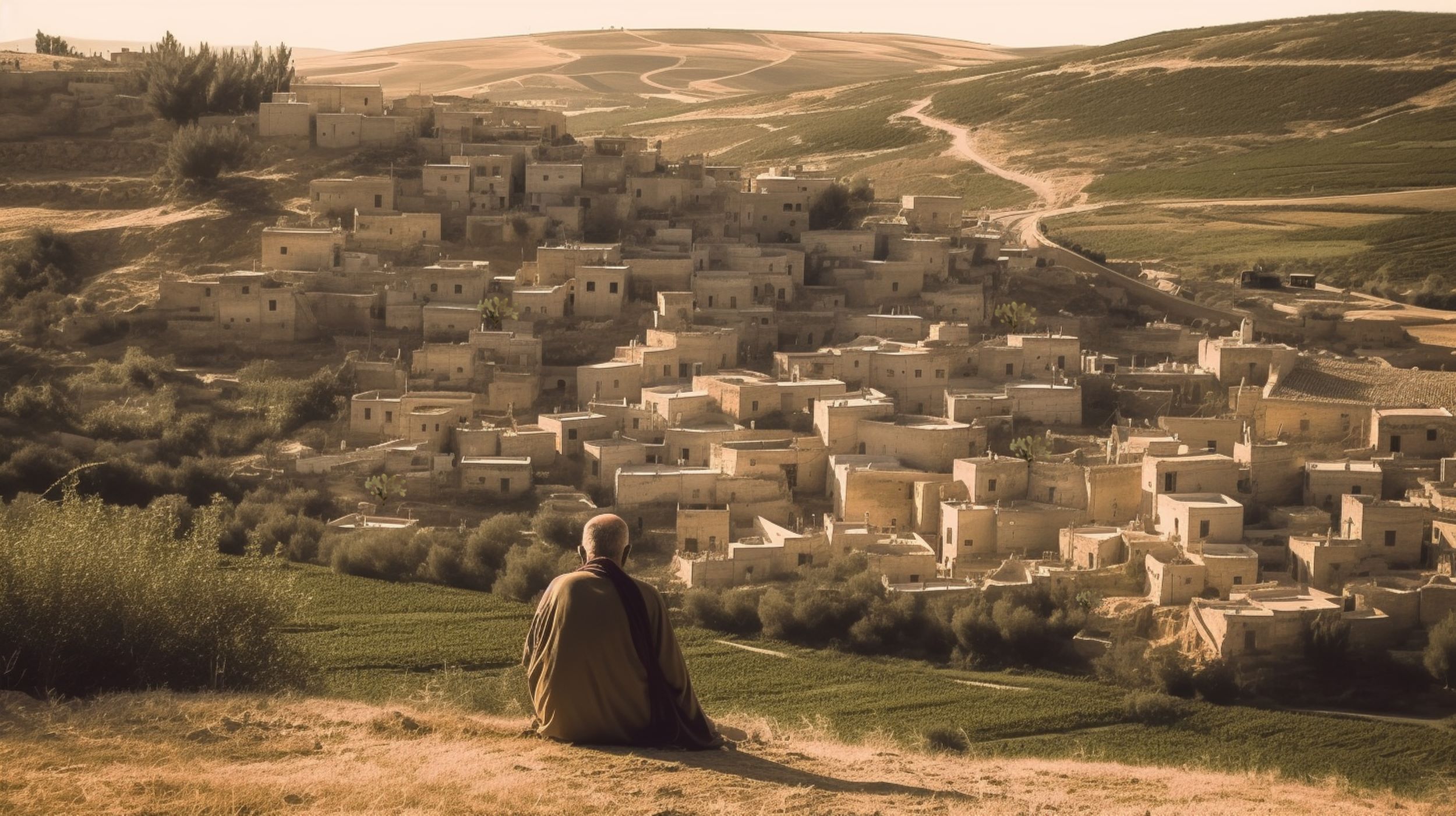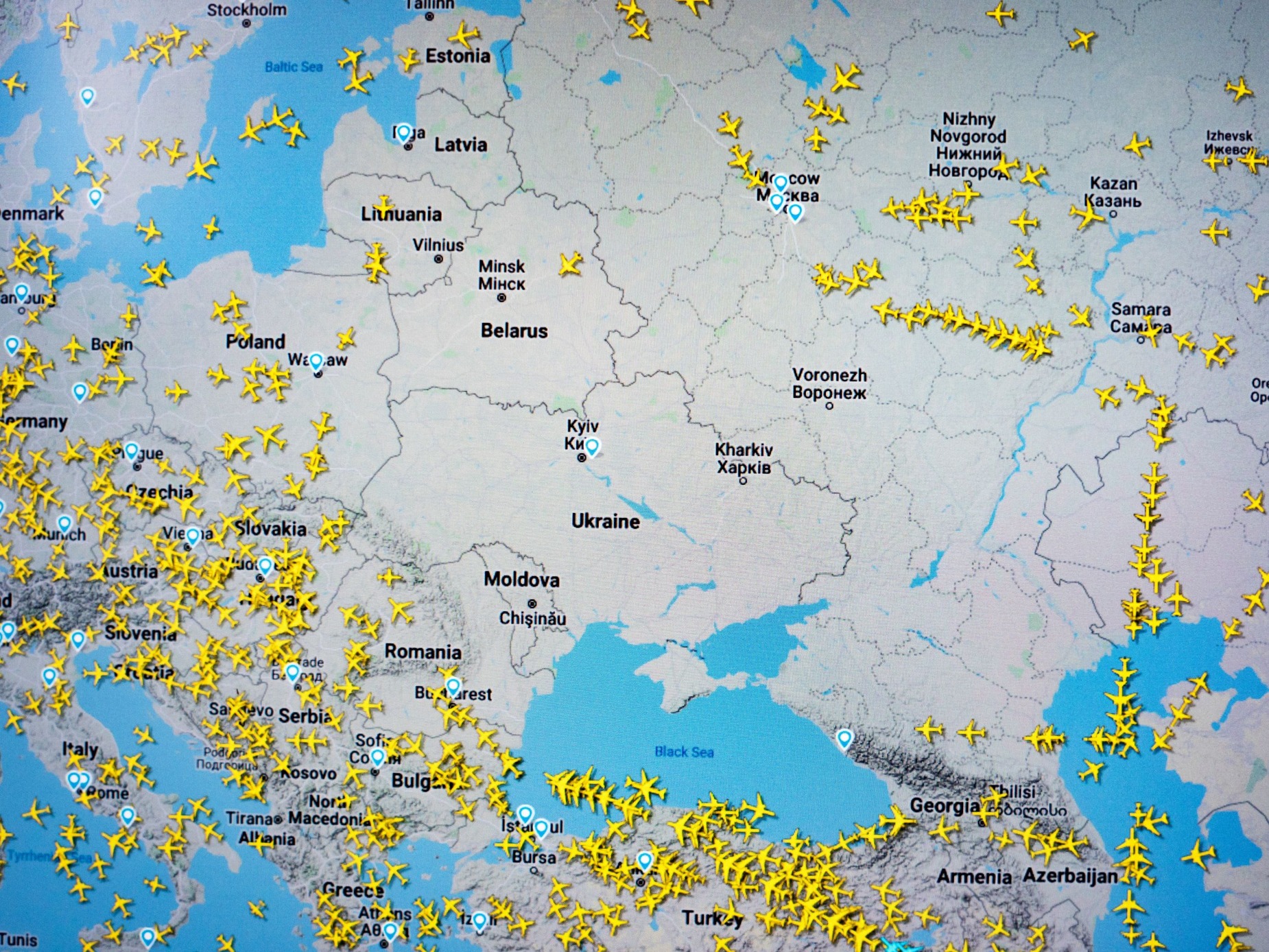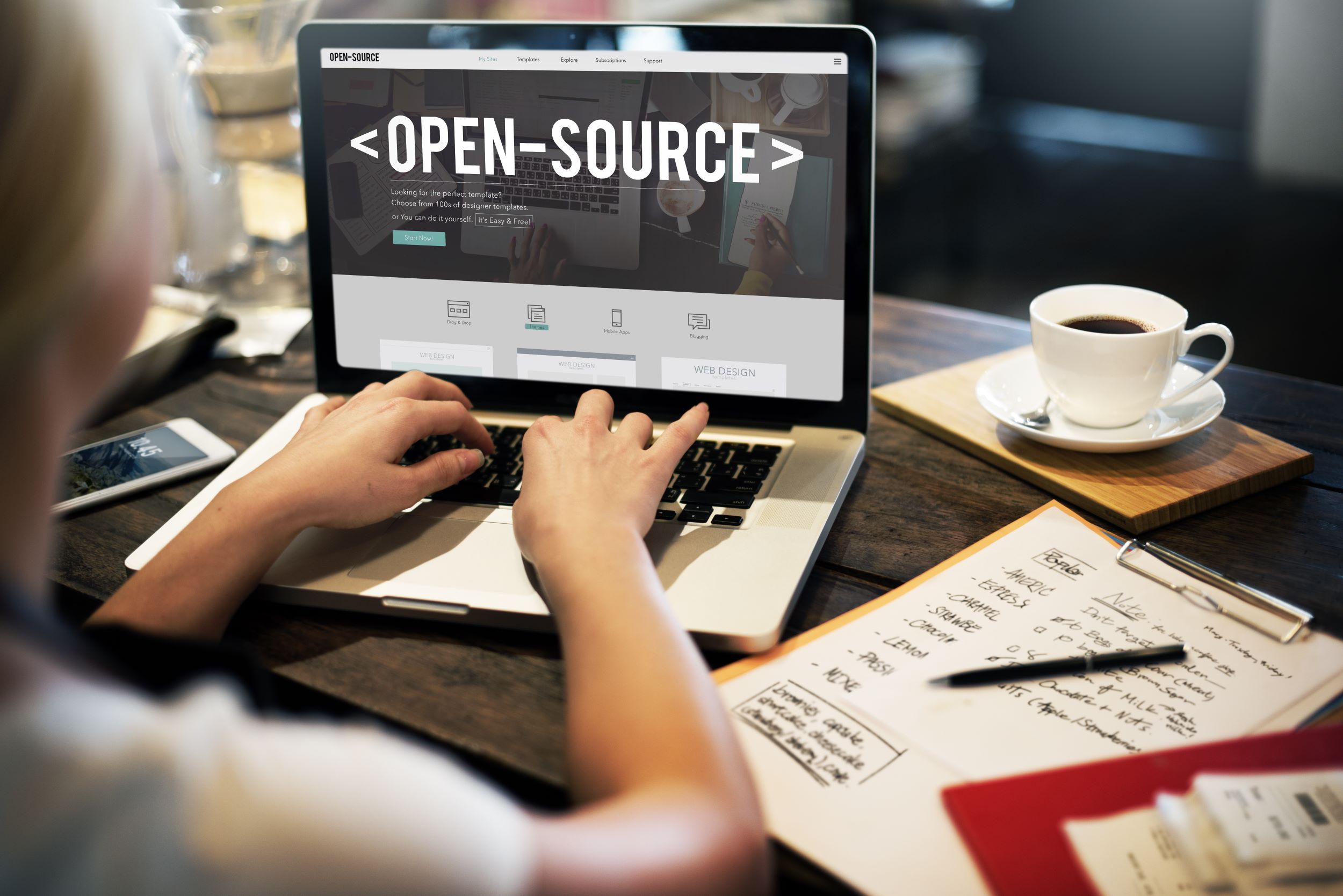أجهضت الهواتف النقالة للمواطنين الأردنيين جميع الكليشهات الإعلامية بأن الاعتماد على المواطن الصحفي كمصدر لنقل المعلومة يجر البلاد إلى الهاوية.
ففي الوقت الذي كانت الوسائل الإعلامية الرسمية تختبئ خلف الستار خلال الاحتجاجات التي امتدت في ساحات الأردن على مدار ثمانية أيام، وفي الوقت الذي ركبت بعض المواقع الإلكترونية الإخبارية موجة الاحتجاجات لتبث رسائلها التي تتوافق مع سياساتها أو أجنداتها، تصدرت صحافة المواطن الصحفي المشهد في نقلها ما يحدث في ساحات الاحتجاجات ونشر الحقيقة.
والمراقب لاحتجاجات الشارع الأردني من الأرض، كان يلحظ أن أيادي المشاركين في الاحتجاجات ظلّت مرفوعة طوال ساعات لنقل صور ومقاطع فيديو الاحتجاجات.. مشهدٌ شكل حالة تستحق التأمل لقراءة دور المواطن الصحفي في نقل المعلومة، وضرورة أن تُمنح له المساحة التي يستحقها في ممارسة عمله.
المواطنة الصحفية والناشطة منال كشط لم تنزل يدها اليمنى طوال الثمانية أيام من الاحتجاجات التي أسقطت حكومة هاني الملقي وجاءت بعمر الرزاز، وزير التربية والتعليم السابق، تقول: "أعتقد أن المواطن الصحفي الأردني المشارك في الاحتجاجات، قد تفوق على وسائل الإعلام في نقل الواقع بإيجابياته وحتى سلبياته، كونه لا يمتلك أي أجندة تتحكم بتحركاته، ولأن هدفه الوطن ومصلحة الوطن". وتضيف: "أكثر ما يثبت تفوق المواطن الصحفي في نقل الحقيقة أنه وخلال أول يومين من الاحتجاجات، وثق بعض حالات العنف التي جرت من قبل الأجهزة الأمنية بحق محتجين، الأمر الذي ساهم في تغيير النهج الأمني طوال الأيام اللاحقة من الاحتجاجات وتحول النهج إلى احترام الحق في التعبير عن الرأي، وحماية المشاركين في الاحتجاجات".
وتقول كشط " إن بعض الدكاكين الإعلامية (في وصفها لبعض المواقع الإلكترونية الإخبارية) استخدمت الاحتجاجات في الشارع لبث سمومها، فضلاً عن غياب واضح لمؤثري مواقع التواصل الاجتماعي. كل هذه المؤشرات دفعت باتجاه تصدر المواطن الصحفي الأردني مشهد نقل وقائع الاحتجاجات". وختمت بالقول: "ما حدث دليل واضح على أهمية دور المواطن الصحفي وآن الأوان بأن نعترف بذلك".
الناشطة روان عبابنة أيضاً كانت من أبرز من مارسوا صفة المواطن الصحفي خلال الاحتجاجات، تقول: "في ظل التعتيم الإعلامي الذي جرى طوال أيام الاحتجاجات، وهو تعتيم غير مبرر، كان من الضروري أن يأخذ المواطن الصحفي دوره في نقل الأحداث، فاتخاذ وسائل الإعلام الأردنية دوراً متواضعاً لا يشفي غليل المتابع، وتركيزه على سلبيات الحراك الشعبي، جعل من المواطن الصحفي وسيلة يثق بها المتابعون من هواتفهم النقالة لما يحدث على الأرض". وأكدت عبابنة أن دور المواطن الصحفي ضروري ومهم جداً، وما مارسه المواطن الصحفي الأردني خلال الأيام الماضية أثبت أنه واعٍ وغيور على مصلحة بلده وحريص على ألا يتبع أي جهة قد تشوه صورة الحراك الشعبي العفوي الذي خرج إلى الشارع.
وشددت عبابنة على أن التجربة الأخيرة تحتاج إلى الوقوف عندها بجدية، وإجراء دراسات تكشف أهمية دور المواطن الصحفي في التغيير والمساهمة في صنع القرار.
وهو ما تؤكده أستاذة الإعلام في جامعة الشرق الأوسط، الدكتورة حنان إسماعيل، والتي كانت أطروحتها في رسالة الماجستير حول المواطن الصحفي ودوره في الربيع العربي، تقول: "ما حدث مؤخراً يعتبر حالة انتقالية وجذرية في تناول ورؤية الإعلام والمجتمع لأهمية المواطن الصحفي الذي برز في العالم العربي إبان الربيع العربي الذي انطلق في العام 2001". وتضيف: "منذ بروز المواطن الصحفي في الشارع العربي، جابهه رفض شبه تام من قبل وسائل الإعلام التقليدية والمجتمعات خوفاَ من اتهامات ما ينقله المواطن الصحفي هو غير مهني، مع أن دوره كان بديلا للإعلام وليس رديفا وخصوصاً وأنه لم تكن هناك مصادر أخرى في نقل المعلومة".
وأردنياً تعلق إسماعيل: "ما حدث مؤخراً أثبت جدارة المواطن الصحفي وتعامله المهني في نقل المعلومة، وآن الأوان بأن نعترف بأهمية المواطن الصحفي بل والاعتراف به ضمنياً، ولا يخفى علينا أن نعترف أيضاً بأن كثيرا من الصحفيين الأردنيين تعلموا من المواطن الصحفي في الأحداث الأخيرة حرفية نقل المعلومة". وختمت: "يجب على كليات الإعلام في الجامعات الأردنية أن تتجه جدياً إلى تعليم الإعلام الرقمي وكيف أن المواطن الصحفي أصبح أحد أعمدته.
ومن أشكال الوسائل التي اتبعها مواطنون صحفيون أردنيون خلال الاحتجاجات إنشاء فريق عبر الواتساب لرصد مجريات الأحداث وتوثيقها وإثبات ما يمكن إثباته من انتهاكات قد تحصل خلال الاحتجاجات عبر الفيديوهات التي كانوا يصوروها من قلب الحدث.
الصحفي محمد شما كان متابعا لذلك الفريق وقال: "هذا الفريق جاء لتوثيق ما يحدث على أرض الاحتجاجات، في محاولة لتفادي ما حدث في 24 مارس/آذار 2011 وساحة النخيل في العام نفسه، عندما حدثت العديد من الاعتداءات بحق مواطنين وصحفيين، ولم يكن هناك ما يثبت ذلك".
ويضيف: "الملفت هذه المرة أن كل شخص خلال الاحتجاجات التي حدثت مؤخراً، كان يحمل هاتفه المحمول، يصور ويوثق وينشر ما يحدث عبر خاصية اللايف على الفيسبوك، الأمر الذي يدل على أنه أصبحت هناك حالة وعي لدى المواطن الأردني بأهمية حق كل شخص على الحصول على المعلومة دون غربلة وتنقيح".
وفي تقرير لمرصد "أكيد" كشف أن مواقع التواصل الاجتماعي لعبت دوراً بارزاً في نقل وتغطية أحداث المظاهرات في الأردن، وشكلت خدمة النقل المباشر على موقع الفيسبوك والذي يزيد عدد مشاركيه عن خمسة ملايين أردني، علامة بارزة في تغطية الاحتجاجات، ومصدر معلومات رئيسي للمواطن.
وكشف تقرير "أكيد" أن معدل انتشار الهواتف الذكية في الأردن يصل إلى 80%، لتكون هذه الوسيلة في متناول الأغلبية، إضافة إلى انتشار الإنترنت الذي يصل إلى نسبة 100%.
















